 As a job developer/job coach over the past five years with JVS Toronto’s newcomer employment program, I have placed over 200 internationally trained professionals in our 2 month unpaid coop placement program. Based on my observations and experience, I have identified the following seven criteria for employers to create a successful internship program that align with Nathan Parcelis’ (June 2014) insightful article on Seven Habits of Highly Effective Intern Programs:
As a job developer/job coach over the past five years with JVS Toronto’s newcomer employment program, I have placed over 200 internationally trained professionals in our 2 month unpaid coop placement program. Based on my observations and experience, I have identified the following seven criteria for employers to create a successful internship program that align with Nathan Parcelis’ (June 2014) insightful article on Seven Habits of Highly Effective Intern Programs:
1. Build a strategy for converting interns to hires.
Engage the candidate in your standard formal interview process to determine if the intern could turn into an employee. This prescreening can do wonders later on to ensure a good fit with your team and culture, as well as identify if the candidate has the skills required.
2. Set clear learning goals, expectations and structure.
Make sure there is a formal contract/agreement. Prepare a formal or informal agreement on the learning goals of the student as well as the outcomes desired by the employer. The placement should be treated by the intern as a real job. You never know – it could lead to employment (as it did, in my case). Students should be encouraged to be transparent with their schedule; for example, if they have a job interview or appointment, they should remember to advise their supervisor. The hours and days should be indicated in the contract. If the intern has exams or school work, there should be accommodations in the placement’s schedule as well.
3. Create a structure.
The best intern programs have a long-term focus and a structure. The intern should have a job title, know their duties, roles and responsibilities and to whom they can talk when they have questions, to eliminate confusion. Give interns one or two overarching projects that will last the entire placement, and allow them to contribute something substantial to the team. This is in addition to the smaller projects and tasks throughout the internship they are given to help expand their knowledge, expertise, and exposure to their field.
4. Ensure the internship is relevant.
Make sure the experience is relevant to the student’s career/employment goals and profession. This might mean connecting the student with junior managers, senior managers, and the executives during their internship. It might also mean instructing your managers to clearly connect the dots for interns on how their work fits into larger company and departmental goals.
5. Keep the intern involved.
Introduce the student to the staff. Help them understand the routines and processes such as signing in and out, parking, file retrieval etc.). Let them know your schedule.
Make the intern feel wanted. Invite them to meetings, corporate events as well as social events. Interns should learn what it is like to be part of your company as well as contribute to it. Newcomers will also require opportunities to learn about the Canadian workplace. Nothing is more misleading than an internship that doesn’t accurately reflect the work environment of a full time employee. Immersing interns in the company culture helps them make better decisions about long-term employment with your company.
6. Mentor from within.
If you can connect the student with a mentor in the department or within the team of the coop, this strategy is very effective. It’s always helpful the new placement student to have a person to go to for problem solving, questions, intercultural communication issues, especially newcomers to Canada. Again a mentor can help this new immigrant be exposed to the differences and similarities about the local workplace culture, and similar issues. The mentor can be the supervisor as well.
7. Supervision.
Parcelis recommends that the supervisor and student meet formally at least three times during the placement. However, in my experience it depends on context, the work and the workplace culture. The most essential characteristic of good supervision is feedback on students performance. Providing feedback on your practicum students successes and growth areas is an integral part of their development and learning. Feedback should come from the supervisor, and it should be ongoing and frequent from the beginning of the practicum until the end. In order to learn from mistakes students must be informed of them so they can be given the opportunity to correct them. Keep the feedback honest, clear, immediate, direct and stated in understandable language; make sure it is based on strengths and limitations, and balances positive and negative comments.
Joanna Samuels B.Ed. (Adult Education), M.Ed., CMF, CTDP, RRP is a certified Life Skills Coach, and certified Personality Dimensions Facilitator who works at JVS Toronto as a Job Developer/Job Coach/Workshop Facilitator. Also, Joanna is a part-time instructor of employment counselling with people with disabilities at George Brown College.


Leave a Reply